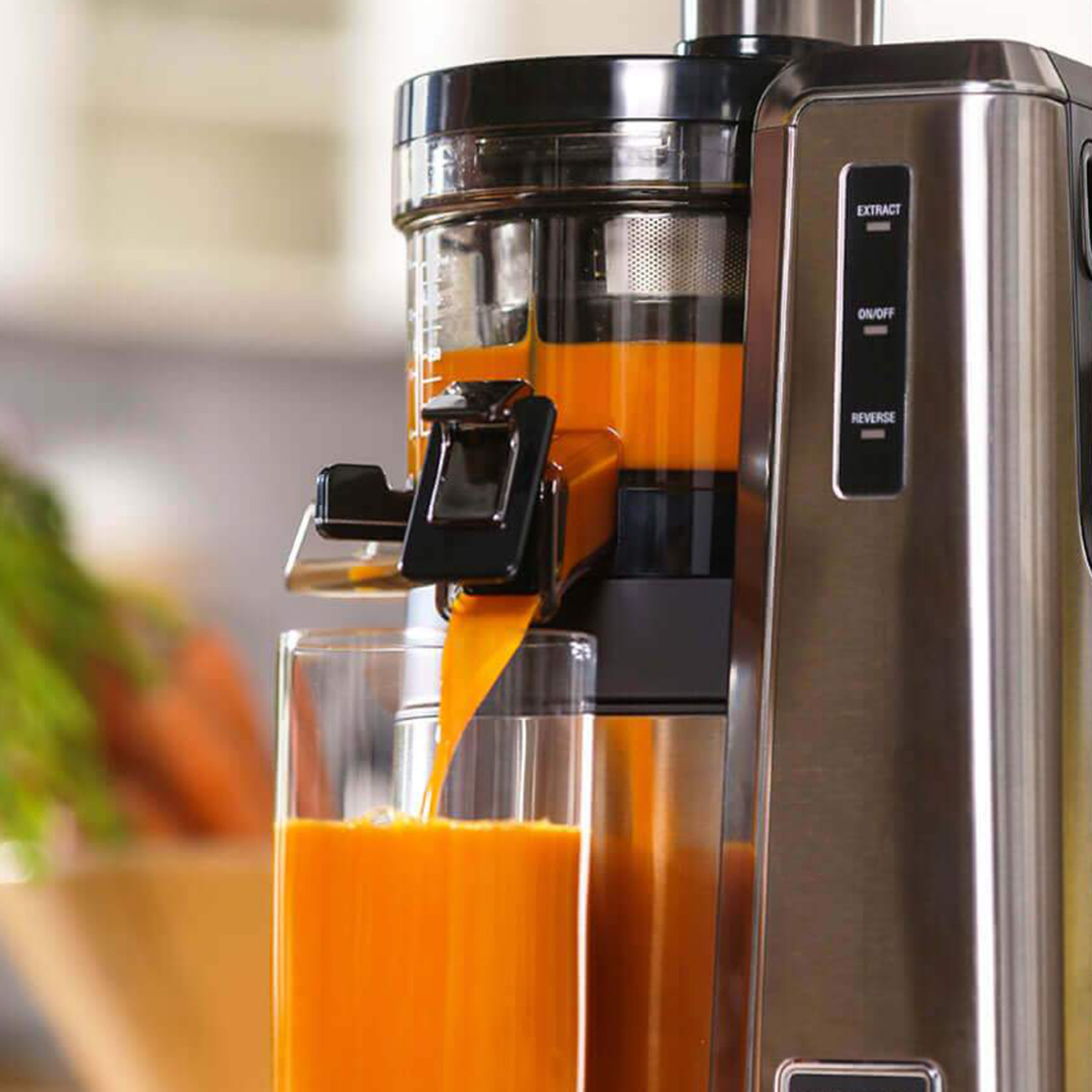

Articles
How To Make Carrot Juice With A Juicer
Modified: December 6, 2023
Learn how to make delicious and nutritious carrot juice at home using a juicer. Discover easy steps and tips in this informative article.
(Many of the links in this article redirect to a specific reviewed product. Your purchase of these products through affiliate links helps to generate commission for Storables.com, at no extra cost. Learn more)
Introduction
Carrot juice is a delicious and nutritious beverage that can be easily prepared using a juicer. Packed with essential vitamins, minerals, and antioxidants, carrot juice offers numerous health benefits. Whether you’re looking to boost your immune system, improve your vision, or simply add more nutrients to your diet, carrot juice is a fantastic choice.
In this article, we will guide you through the process of making carrot juice with a juicer. From choosing the right carrots to storing and serving the juice, we will cover all the necessary steps to ensure you enjoy a refreshing and nutritious glass of carrot juice.
So, let’s dive in and discover the art of making carrot juice!
Key Takeaways:
- Choose fresh, organic carrots, wash and prepare them properly, and set up your juicer correctly to enjoy the incredible health benefits of homemade carrot juice. Get creative with flavors and enjoy the juicing journey!
- Experiment with adding fruits, vegetables, herbs, and spices to your carrot juice for variety. Remember to clean your juicer promptly and listen to your body’s response to this nutritious beverage.
Read more: How To Make Carrot Juice In Blender
Choosing the right carrots
When making carrot juice, it is important to choose the right carrots to ensure a flavorful and nutrient-rich juice. Here are a few tips to help you select the perfect carrots:
- Go for fresh, organic carrots: Opt for fresh, organic carrots whenever possible. Organic carrots are grown without the use of harmful pesticides and are generally more flavorful.
- Look for firm and vibrant-colored carrots: Choose carrots that are firm to the touch and have a vibrant orange color. Avoid carrots that are soft, wilted, or have any signs of mold or spoilage.
- Consider the size: Carrots come in various sizes, but for juicing, it is best to choose medium-sized carrots as they are easier to handle and juice.
- Check for blemishes: Examine the carrots for any blemishes, cracks, or deep grooves. While minor imperfections are generally fine, it is best to avoid carrots that are excessively damaged.
- Choose carrots with leafy tops: Carrots with leafy green tops are a sign of freshness. The greens should be vibrant, crisp, and free from wilting or yellowing.
By selecting the right carrots, you are setting the foundation for a delicious and nutrient-packed carrot juice. So, take your time to choose the best carrots available to you.
Preparing the carrots
Once you have chosen the perfect carrots for your juice, it’s time to prepare them for juicing. Follow these steps to ensure your carrots are clean and ready:
- Wash the carrots: Start by washing the carrots thoroughly under cold running water. Use a vegetable brush to scrub off any dirt or debris from the surface of the carrots. Cleaning the carrots will remove any impurities and ensure that your juice is fresh and clean.
- Trim off the ends: Trim off the stem and root ends of the carrots. This will eliminate any woody or tough parts of the carrot and make it easier to juice.
- Peel or leave the skin: Depending on your preference, you can choose to peel the carrots or leave the skin intact. If you bought organic carrots or have thoroughly washed them, leaving the skin on can add extra nutrients and fiber to your juice. However, if you prefer a smoother texture, peeling the carrots is recommended.
- Cut the carrots into smaller pieces: To facilitate the juicing process, cut the carrots into smaller, manageable pieces. This will make it easier for the juicer to extract the juice effectively.
Once the carrots are washed, trimmed, and cut, they are ready to be juiced. Preparing the carrots properly ensures that you have clean, fresh, and easily juicable carrots for the best results.
Setting up the juicer
Before you start juicing the carrots, it’s important to properly set up your juicer. Follow these steps to ensure a smooth juicing process:
- Read the juicer’s manual: Every juicer is different, so it’s essential to read the manual to understand the specific instructions and functionalities of your juicer. This will help you set it up correctly and avoid any potential damage or mishaps.
- Assemble the juicer: Take out the different components of your juicer and assemble them as per the manual’s instructions. This usually involves attaching the juicer bowl, the mesh strainer, and the juice collector. Ensure that all parts are securely fitted together.
- Place a container for the pulp: Position a container or bowl next to the juicer to collect the discarded pulp during the juicing process. This will make it easier to clean up afterward.
- Position the juicer on a stable surface: Find a stable and level surface in your kitchen to place the juicer. Make sure it is secure and will not wobble or move during use.
- Plug in the juicer: Connect the juicer to a power source and make sure it is properly plugged in. Ensure that the power switch is in the off position before proceeding.
Once your juicer is properly set up, you are ready to start juicing the carrots and extracting that delicious juice!
When making carrot juice with a juicer, be sure to thoroughly wash and scrub the carrots before juicing to remove any dirt or debris. This will ensure a clean and delicious juice.
Juicing the carrots
Now that your juicer is set up and ready to go, it’s time to juice the carrots. Follow these steps to extract the juice from the prepared carrots:
- Add the carrots to the juicer: Take a handful of the prepared carrot pieces and insert them into the feeding chute of the juicer. Push them gently down with the pusher tool to ensure they are slowly and steadily processed.
- Turn on the juicer: Once the carrots are in place, turn on the power switch of the juicer. The machine will start to crush and juice the carrots, extracting the liquid from the pulp.
- Continue juicing: Add more carrot pieces to the juicer as needed, ensuring a steady flow of carrots for juicing. Use the pusher tool to push the carrots down and assist in the juicing process.
- Collect the juice: As the juice is extracted, it will flow into the juice collector or container provided with your juicer. Make sure to position a glass or jug beneath the juice spout to collect the fresh carrot juice.
- Repeat the process: Continue adding and juicing the remaining carrot pieces until you’ve processed all of them. If needed, you can stop the juicer briefly to remove any pulp buildup from the mesh strainer.
As you juice the carrots, you’ll notice the vibrant orange liquid filling up your glass. The juicer efficiently separates the juice from the pulp, giving you a smooth and refreshing carrot juice.
Once you’ve extracted all the juice from the carrots, you can move on to the next steps of storing and serving the carrot juice.
Read more: How To Make Juice In A Juicer
Storing and serving carrot juice
After juicing the carrots and obtaining the fresh carrot juice, it’s important to properly store and serve it to maintain its freshness and taste. Follow these guidelines for storing and serving carrot juice:
- Store in airtight containers: Transfer the carrot juice into airtight glass containers or bottles. Seal them tightly to prevent any air from entering, which can cause oxidation and spoil the juice.
- Refrigerate promptly: Place the containers of carrot juice in the refrigerator as soon as possible. The cool temperature will help maintain the freshness and extend the shelf life of the juice.
- Consume within 24-48 hours: Carrot juice is best consumed within 24-48 hours of juicing. As time goes on, the juice may gradually lose its freshness, flavor, and nutrients. It’s recommended to consume it as soon as possible for maximum benefit.
- Shake well before serving: Before serving a glass of carrot juice, give it a good shake to mix any settled pulp or sediments. This will ensure an even distribution of flavors and textures.
- Add lemon or ginger (optional): For added flavor and health benefits, you can squeeze a little lemon juice or add a pinch of grated ginger to your carrot juice. These ingredients can enhance the taste and provide additional nutritional value.
- Serve chilled: Carrot juice is most refreshing when served chilled. Pour the desired amount of juice into a glass and serve it cold. You can also add ice cubes if preferred.
Remember to use clean utensils and avoid contamination when handling and serving the carrot juice. Proper storage and serving practices will ensure that you enjoy a flavorful and nutritious glass of carrot juice.
Tips and variations
While making carrot juice is relatively straightforward, there are some tips and variations you can explore to enhance your juicing experience and add more variety to your carrot juice. Here are a few suggestions:
- Add other fruits and vegetables: Experiment with different combinations by adding other fruits and vegetables to your carrot juice. Try adding apples, oranges, celery, ginger, or even leafy greens like spinach for added flavor and nutritional benefits.
- Adjust sweetness: If you prefer a sweeter juice, you can incorporate a small amount of natural sweeteners like honey or maple syrup. Be mindful of the added sugars and use them sparingly.
- Include herbs and spices: Add a hint of herbs and spices to your carrot juice to give it an interesting twist. Fresh mint, cilantro, or a sprinkle of cinnamon can elevate the flavor profile of your juice.
- Use the pulp creatively: Instead of discarding the pulp leftover from juicing, consider repurposing it in other recipes. You can use it in baked goods, soups, or as a nutritious addition to homemade veggie burgers.
- Start with small quantities: If you’re new to carrot juice, start by juicing a smaller amount of carrots and gradually increase the quantity as you get accustomed to the taste. This will help you determine your preferred carrot-to-other ingredients ratio.
- Clean your juicer immediately: After juicing, clean your juicer promptly to prevent any residue from drying and becoming difficult to remove. Refer to the juicer’s manual for specific cleaning instructions.
- Listen to your body: Pay attention to how your body responds to carrot juice. While it offers numerous health benefits, it may not suit everyone. If you experience any discomfort or allergic reactions, consult a healthcare professional.
By implementing these tips and exploring different variations, you can customize your carrot juice to suit your taste preferences and experiment with new flavors.
Conclusion
Making carrot juice with a juicer is a fantastic way to enjoy the incredible health benefits of carrots. By following the steps outlined in this article, you can easily prepare fresh and delicious carrot juice right in the comfort of your own home.
Remember to choose the right carrots, prepare them properly, set up your juicer correctly, and juice the carrots in a controlled and efficient manner. Store the juice in airtight containers, refrigerate promptly, and consume it within a day or two to maintain its freshness and nutritional value.
Don’t be afraid to get creative with your carrot juice by adding other fruits, vegetables, herbs, and spices to enhance the flavor and nutritional profile. Explore various combinations and adjust sweetness to suit your taste preferences.
Lastly, make sure to clean your juicer immediately after use to maintain its longevity and prevent any buildup or residue.
So, why wait? Grab some fresh, organic carrots, fire up your juicer, and experience the fantastic flavors and health benefits of homemade carrot juice.
Enjoy the journey as you discover the joy of juicing and incorporate this vibrant and nutritious beverage into your daily routine!
Frequently Asked Questions about How To Make Carrot Juice With A Juicer
Was this page helpful?
At Storables.com, we guarantee accurate and reliable information. Our content, validated by Expert Board Contributors, is crafted following stringent Editorial Policies. We're committed to providing you with well-researched, expert-backed insights for all your informational needs.
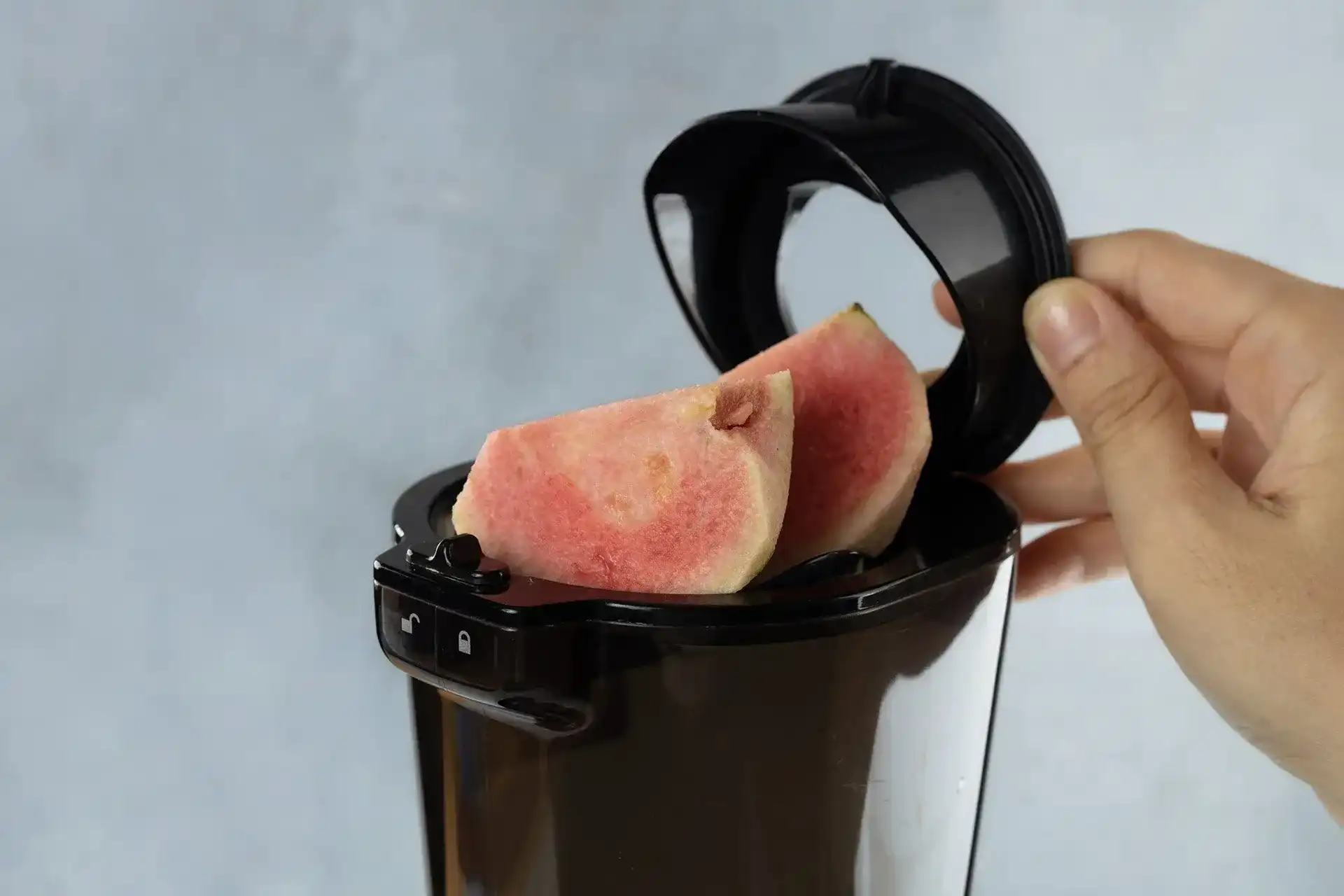
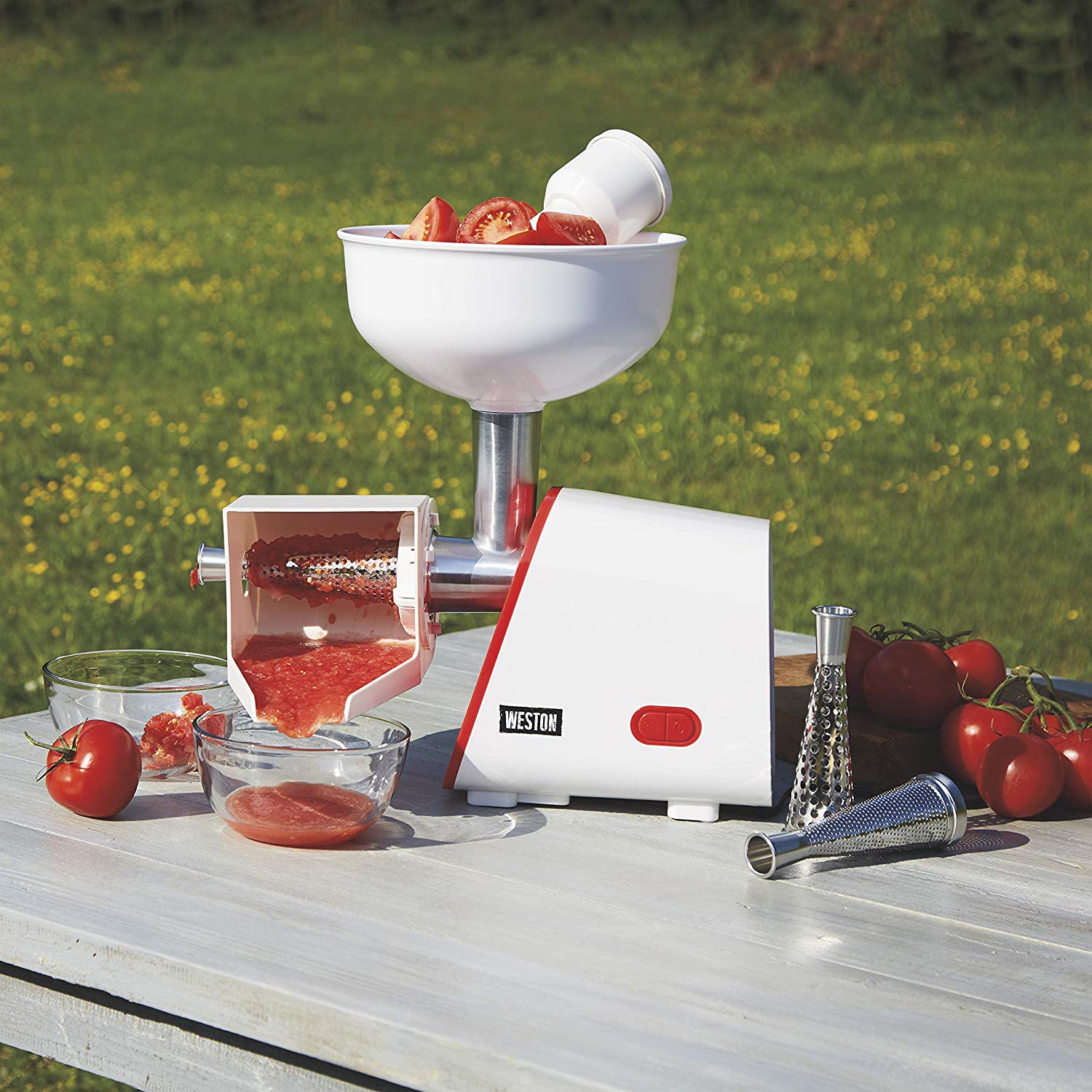
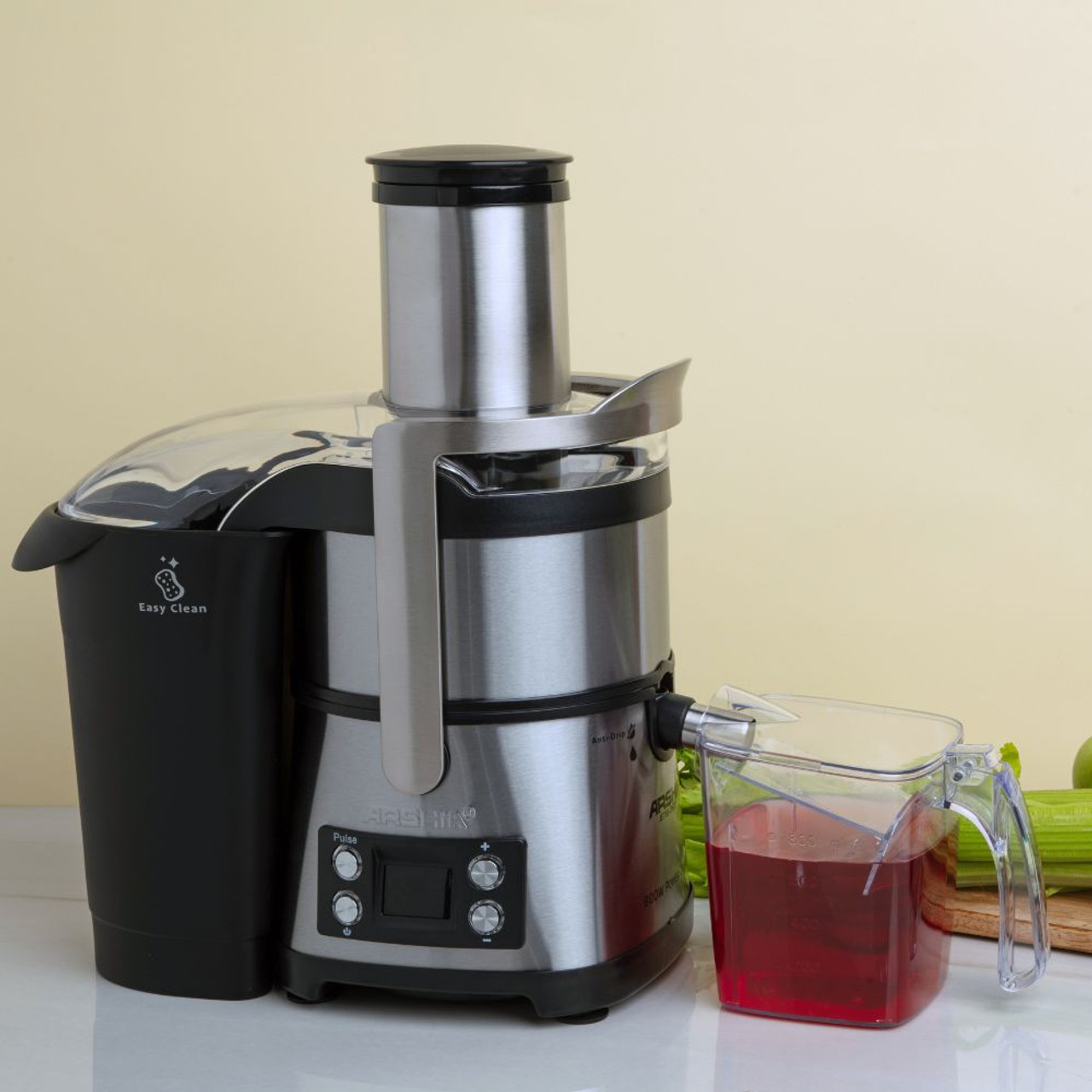
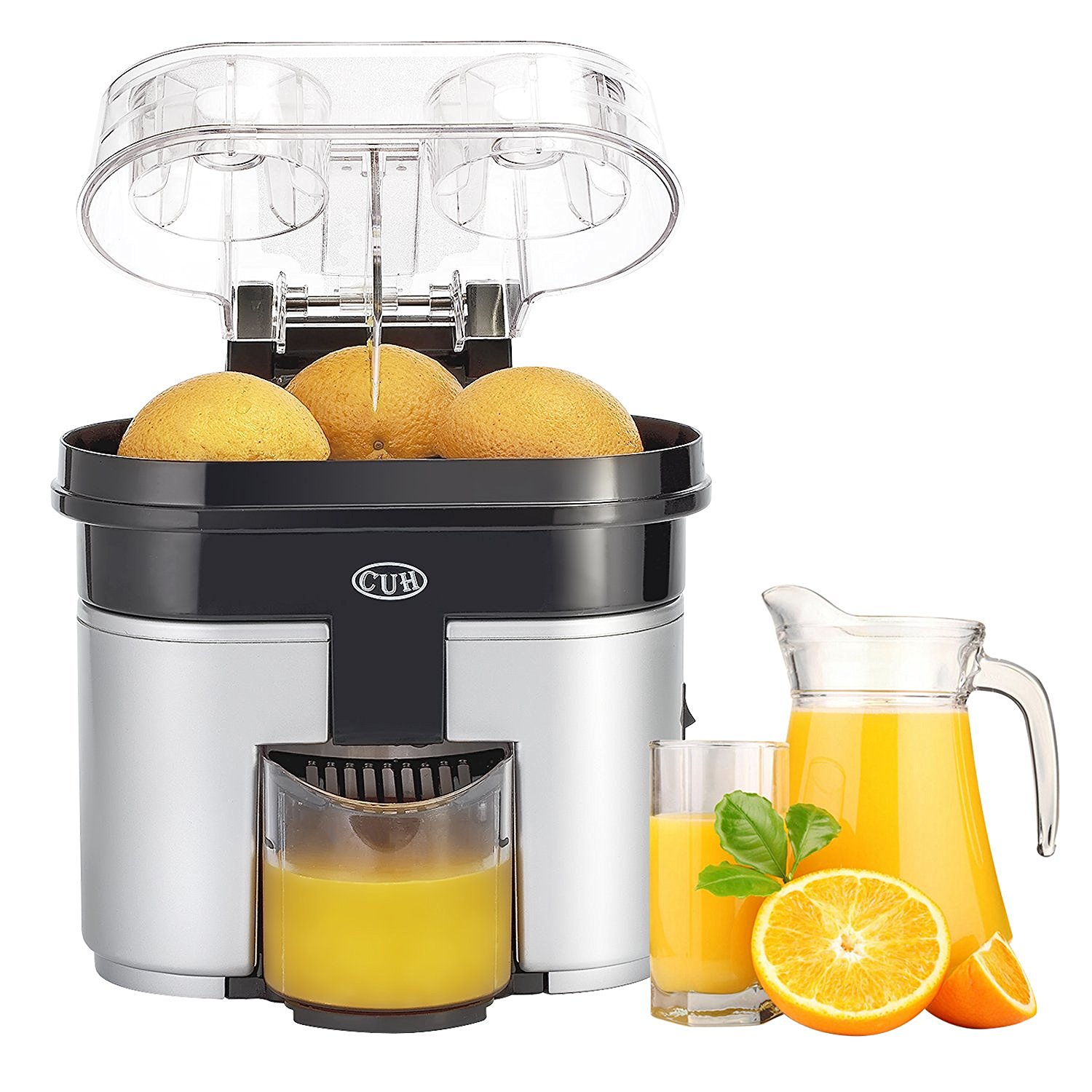
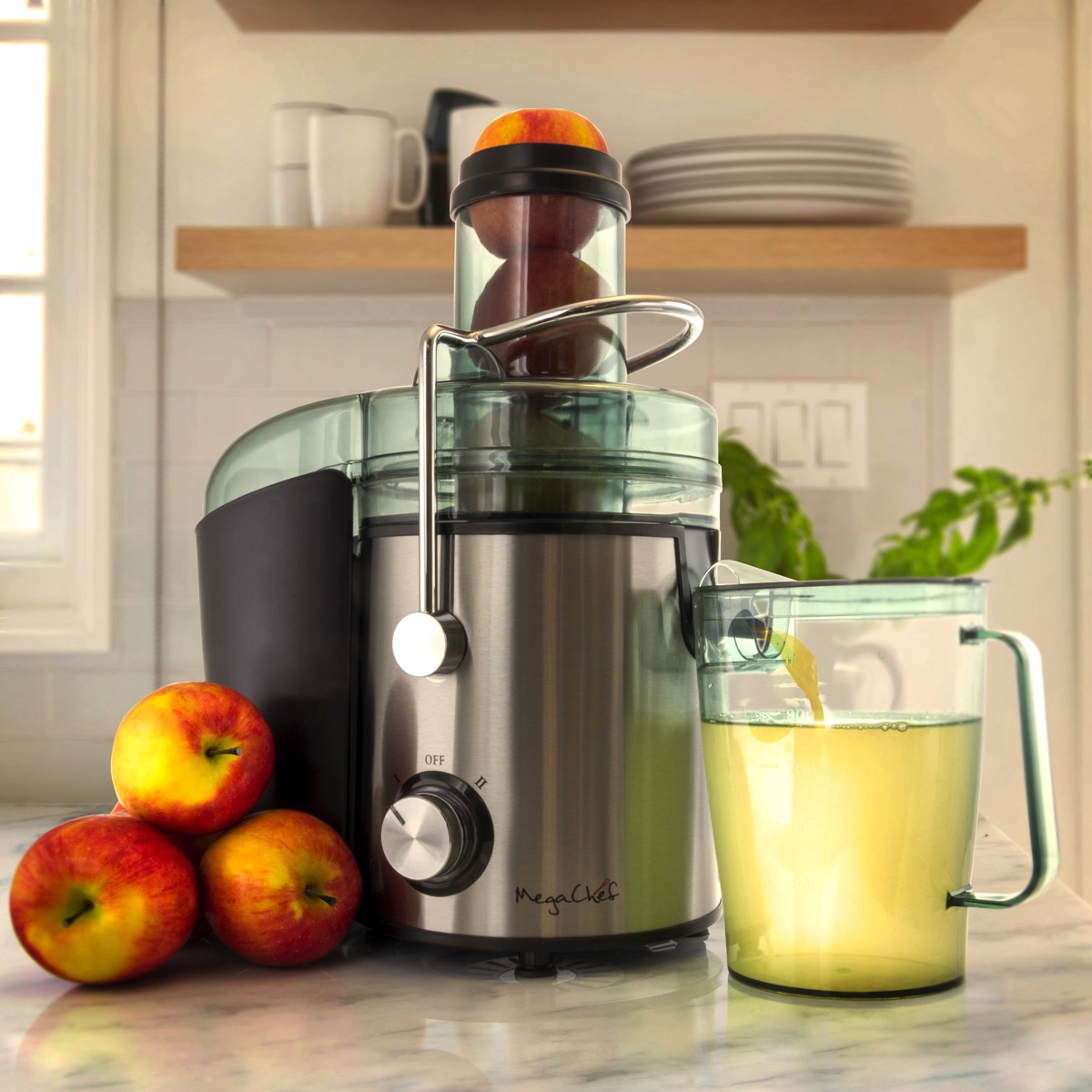
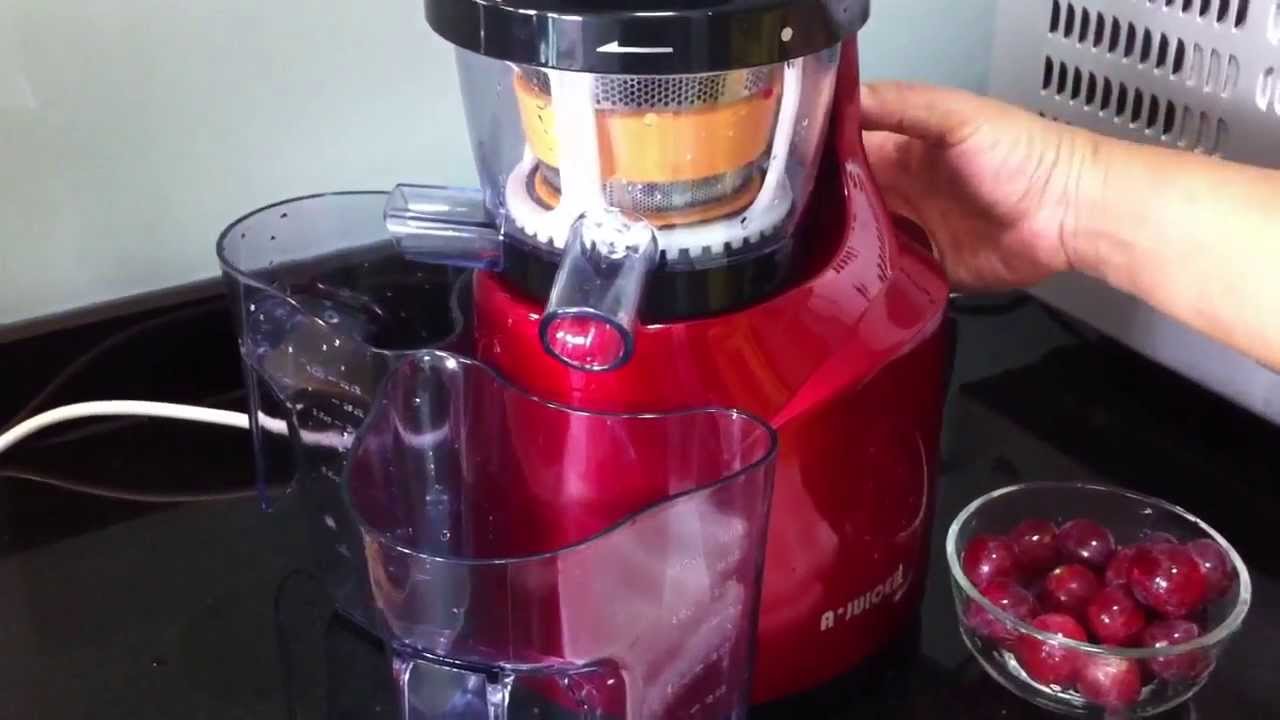
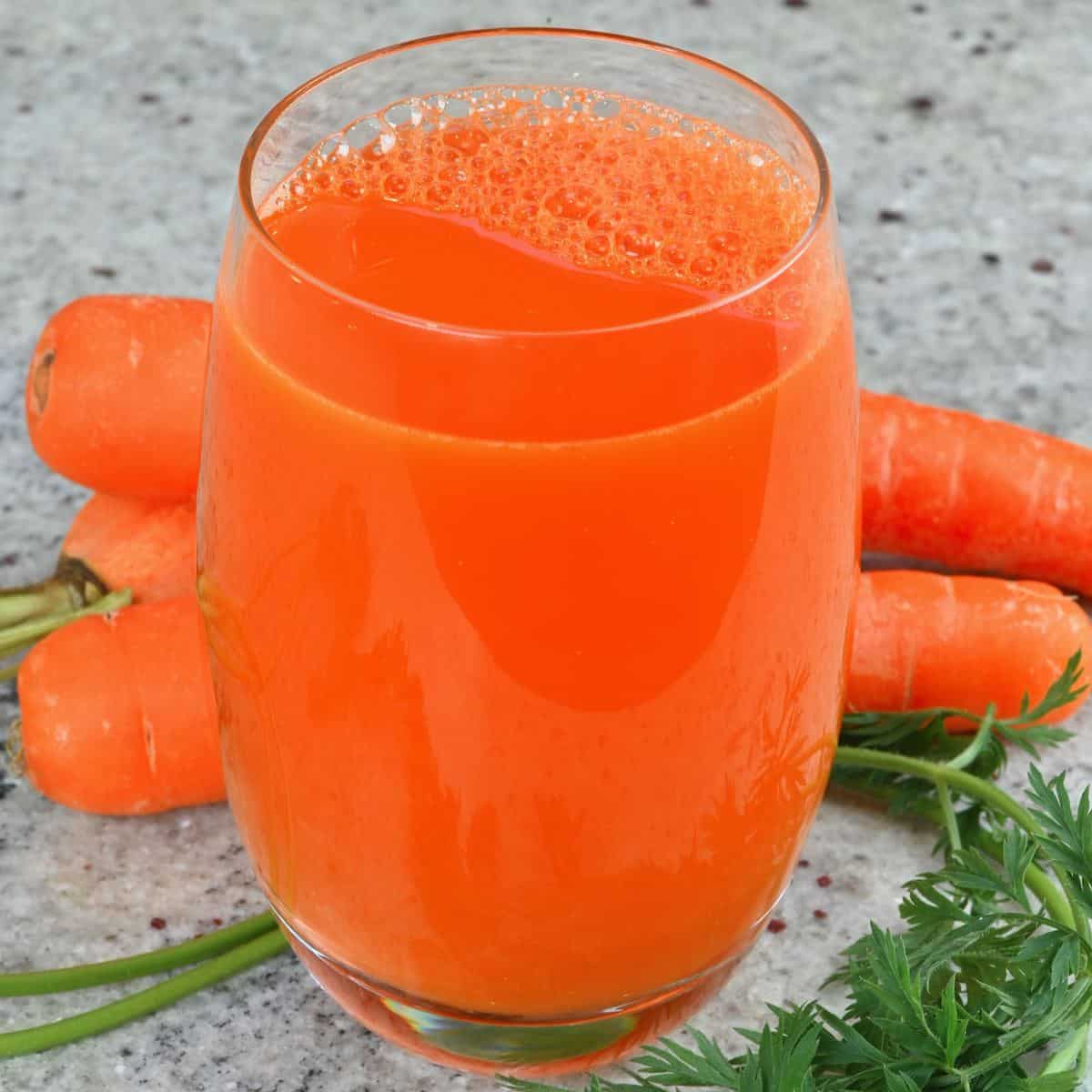
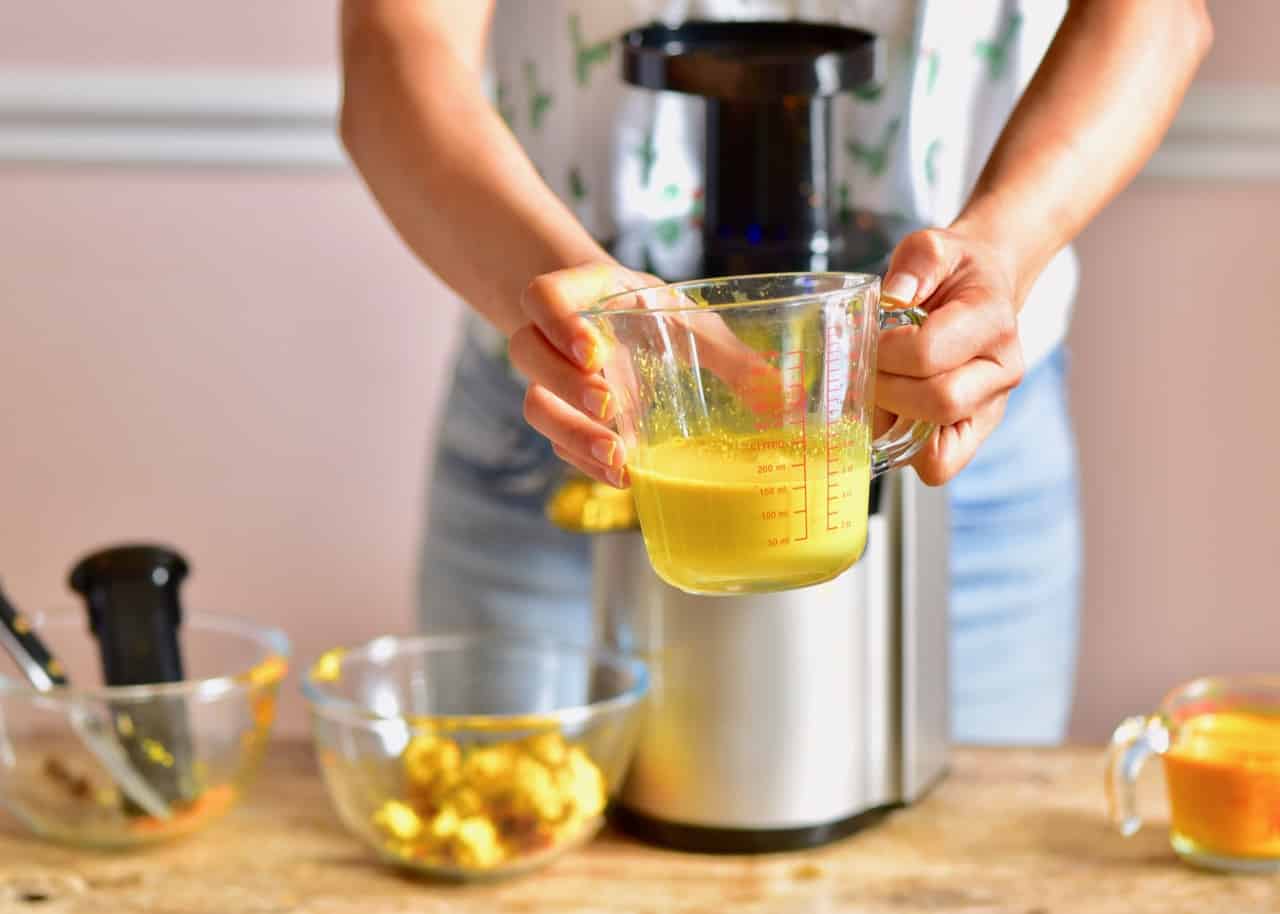
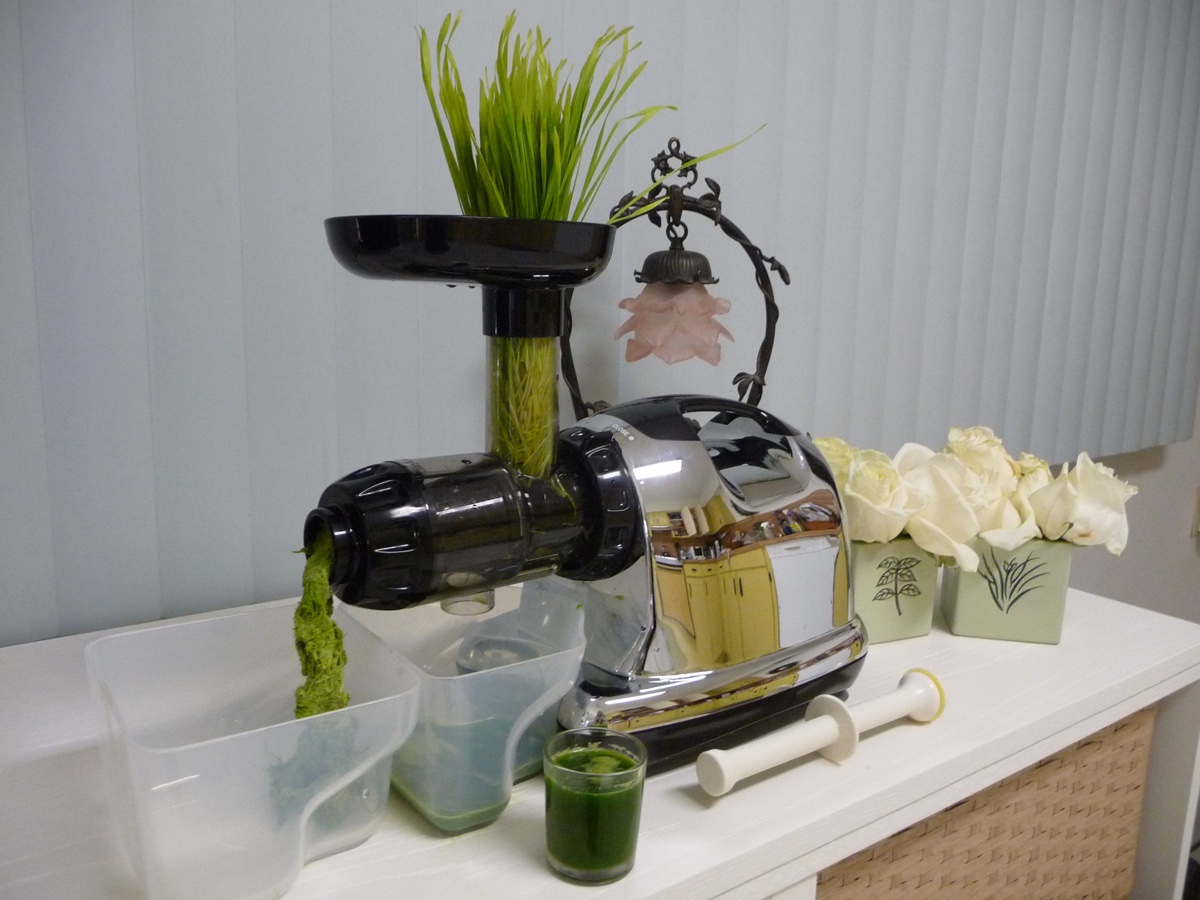
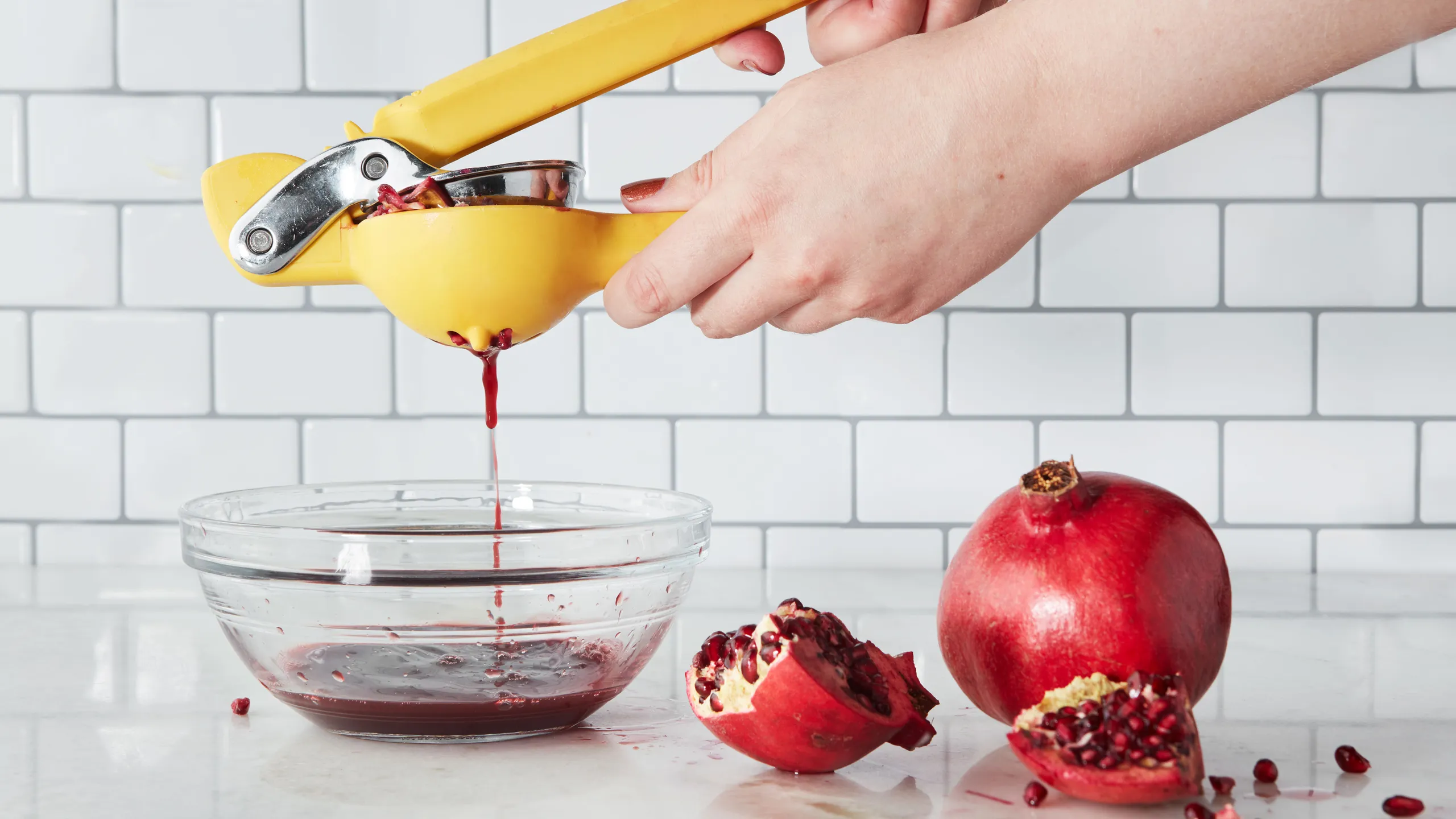
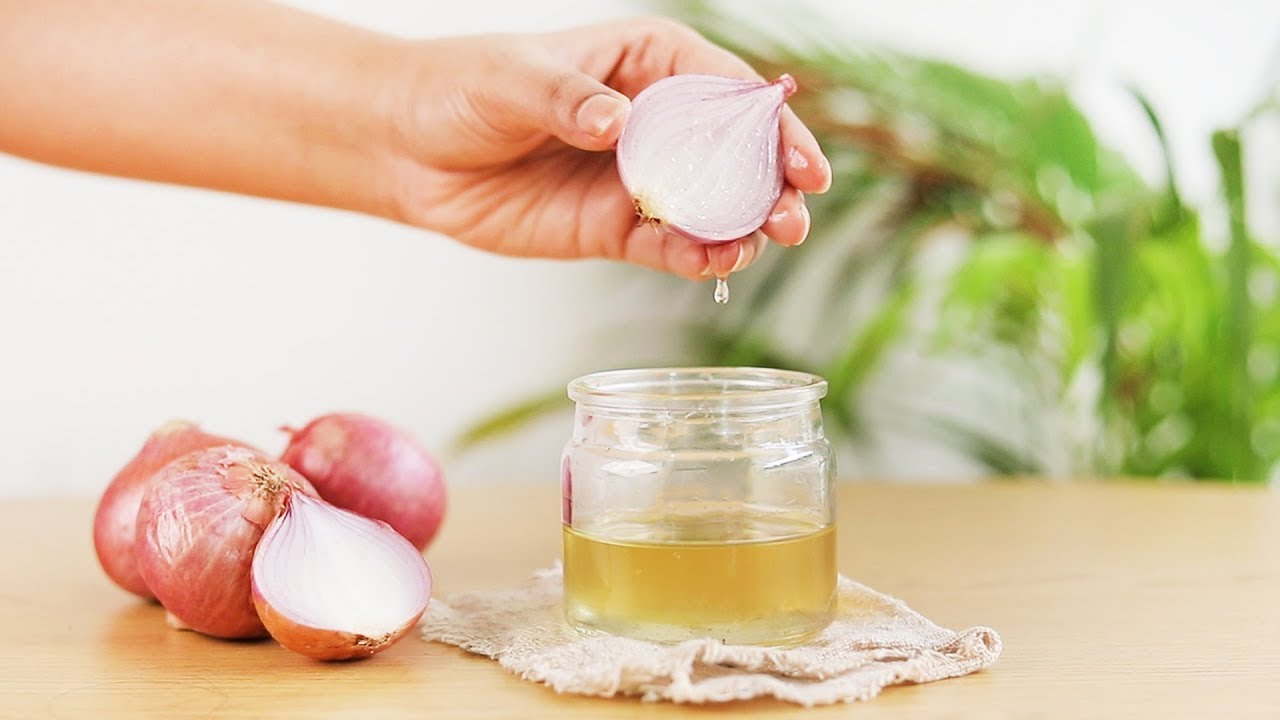
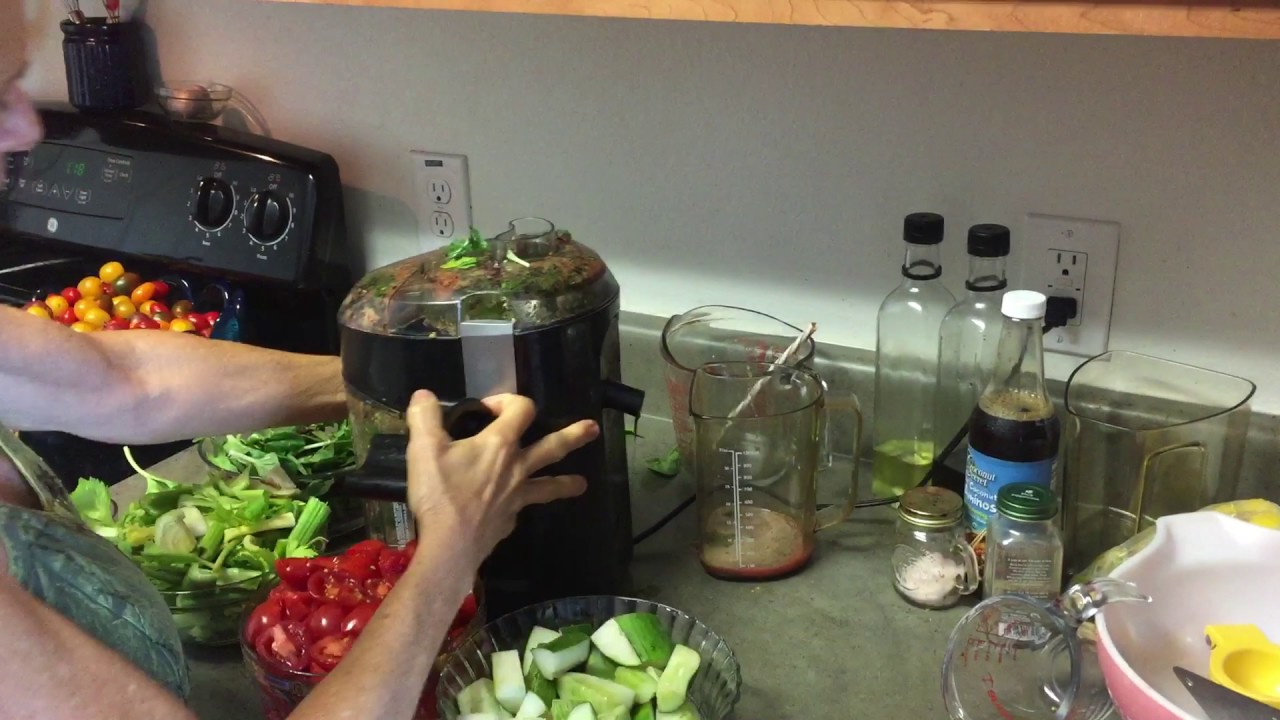
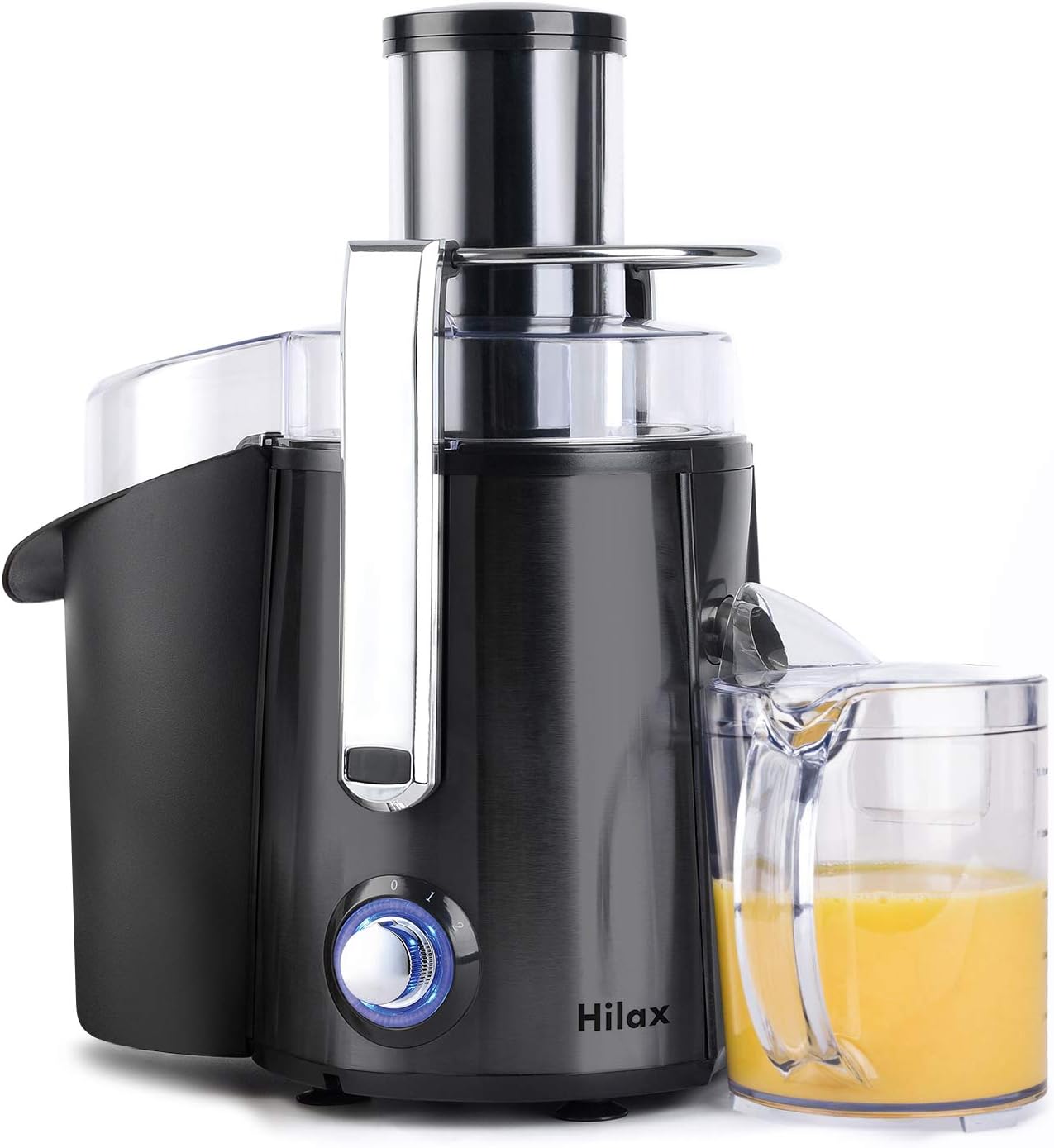
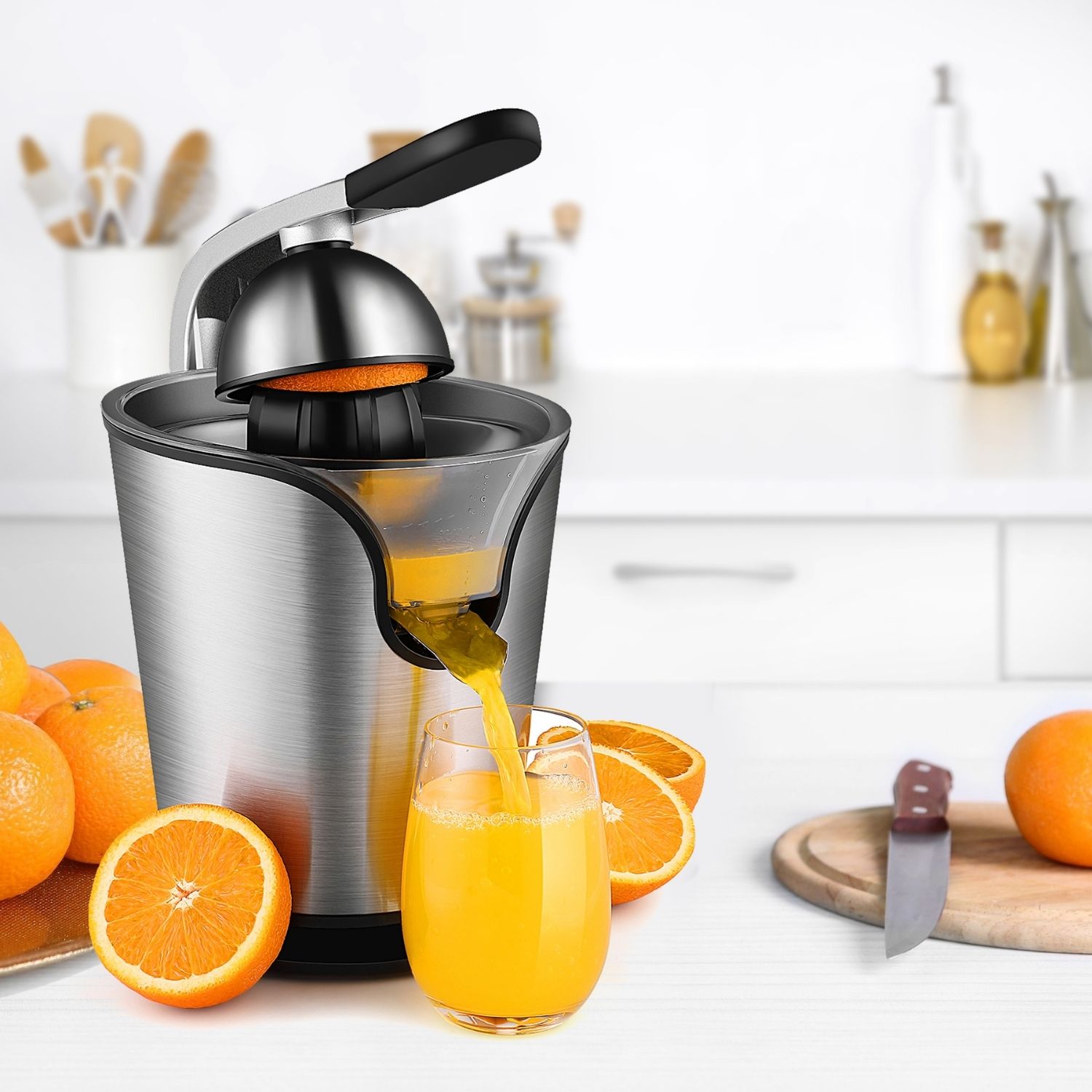

0 thoughts on “How To Make Carrot Juice With A Juicer”